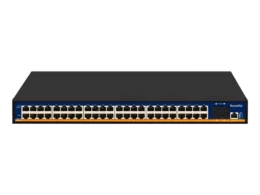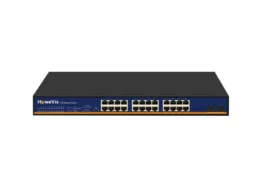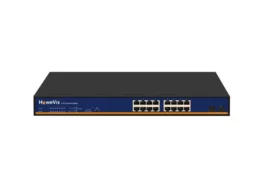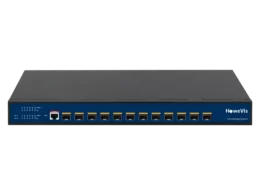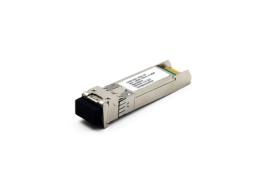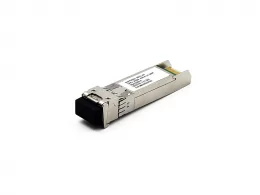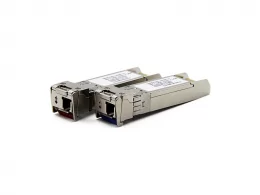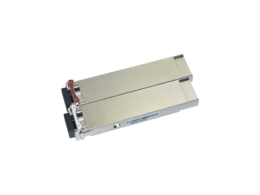Yes. Cat6 is compatible with the 10 gigabit Ethernet. There are multiple types of Ethernet ports. Some are compatible with the 10 GB Ethernet, while others may not. From Cat1 to Cat8a, we divide the Ethernet into multiple categories. Up to Cat5e, you can enjoy a speed of 1GB per second. When it comes to Cat6, you get both options. You can get the 1 gigabyte per second speed for 100 meters of distance and 10 gigabytes per second for 55 meters.
We have installed WiFi in our homes that provide a data connection. Do you think it is sufficient? It undoubtedly resolves the internet problem to some extent. Still, there are some liabilities, such as unstable internet connection, low security, and decreased speed when many devices are connected to the same network. Ethernet has effectively nailed all these challenges.
Today, we will go through the Cat6 Ethernet port.
What is a Category 6 Ethernet port?
In technical terms, there are different types of Ethernet. The Institute of Electrical and Electronics Engineering has named them according to their category. For example, the Category 1 Ethernet port was the earliest type of Ethernet developed in the 1980s.
It’s the same as that. We have a Category 6 Ethernet cable. Let me describe it in better words.
The Category 6 Ethernet port is a backward cable compatible with Cat5 and Cat3. It consists of twisted copper wires employed to deliver power and data connections. It can support 10 gigabytes of speed over the network and is compatible with Gigabit Ethernet.
2 Types of Category 6 Ethernet Port
Have you heard of Cat6A and Cat6e? I have a question for you. Do you think both are the same? If yes, that’s correct to some extent because both have similar features but different ranges, bandwidth, and other essential features. However, let me differentiate both types comprehensively.
Remember, both are upgraded versions of the Cat6 Ethernet port to improve the previous features and provide a more stable Internet connection along with the range.
Cat6:
Cat6 or Category 6E is the primary interpretation of the Category 6 port. IEEE introduced it in the 2000s, and it gained immense importance among technology companies in 2008. With time, IEEE improved it and introduced new features.
It is a twisted pair of copper wires with the fundamental features of Cat6 Ethernet.
It has a maximum bandwidth of 250 megahertz and a top data speed of 10Gbps. Regarding range, it provides 100 meters of coverage when you achieve 1Gbps data speed and 55 meters when you achieve 10Gbps. So you can use it for your data purposes accordingly.
So, when is it favorable to use Cat6? To achieve the maximum range of 100 meters, use 1Gbps. In other cases, Cat6A would be better.
Cat6A:
Category 6 A cable is nothing special; it is just an upgrade to the Cat6 port. It has higher bandwidth, data speed, and range over the internet connection.
Just like the Cat6, it is also a twisted pair of copper wires with the following features:
- It has a maximum bandwidth of 500 megahertz, twice as much as Cat6.
- The range is 100 meters with 10GB Ethernet, differentiating it from 55 meters of Cat6.
- It is compatible with 1GB and 10GB Ethernet, providing a stable internet connection.
After all the discussion, don’t you think it is an upgrade to the Cat6? I believe it is.
To get a detailed guide, check the article —Which cable should I use for 10GB Ethernet?
5 Reasons Why You Should Use Cat6 Ethernet
Cat6 Ethernet is a priority for networks using Power over Ethernet. Moreover, Gigabit networks are also suitable for Cat6. Usually, such networks are not needed at home.
But the fundamental question is —Why should you use the Cat6 Ethernet for PoE or Gigabit Networks?
Here are the reasons:
You can get 10Gbps by using it with 10GB.
10GB Ethernet is the premium option for live streaming or 4K videos. Even smartphones require high-speed data to play heavy games like PUBG. If there is a 10GB Ethernet network, you need the cables to transfer it. So, how will you share it? Obviously, by using the Cat6 or Cat7.
That’s why Cat6 helps you get the 10Gbps. It helps you in the following tasks:
- You can do live streaming!
- Transferring data files of gigabytes is no longer a problem!
- Downloading movies at a higher data speed is possible.
It is backward compatible.
Do you know what precisely backward compatibility is? Maybe not. If it is true, let me tell you. If a network protocol works perfectly with its older versions, it is backward compatible. That means such a network protocol is efficient for deployment.
As far as I know, Cat6 is compatible with Cat5 or Cat3 standard networks. For example, it is not a problem if you have a fast Ethernet at home and are upset about your Cat6 Ethernet. You can use it with Fast Ethernet. Still, isn’t it amazing?
Internet security protocols enable secure data connection.
In network technology, there are various security protocols. SSH, SSL, and RADIUS are just simple examples of internet protocols.
These are security protocols that enable secure data. The data packets will be processed through these protocols, and only safe packets will pass. If there are corrupt packets, they will move back or be diminished to maintain the security of supplied data.
These security protocols are rarely available in WiFi networks, which makes them susceptible to hackers.
Ethernet technology has strict security protocols, whether using Cat6 or Cat5. Only a safe data packet process leads to increased security and privacy.
Greater bandwidth makes higher throughput.
Bandwidth determines the network’s throughput. In actuality, bandwidth is the capacity to support the given data speed. The maximum data speed for 10GB Ethernet switches is 10 Gbps, while the maximum throughput is 9400 Mbps.
Cat6A offers 500 megahertz bandwidth to support the network’s high data speed and throughput. This is one of the essential effects of using Cat6 for 10 gigabit Ethernet. Go ahead and try to maximize your network’s data speed.
EndNote
Cat6 Ethernet is compatible with Fast Ethernet and works with Gigabit Ethernet. In PoE networks, you can find the applications of Ethernet networks and switches to determine how exactly they work. However, if you are looking for products related to Ethernet, visit HoweVision Professional.

